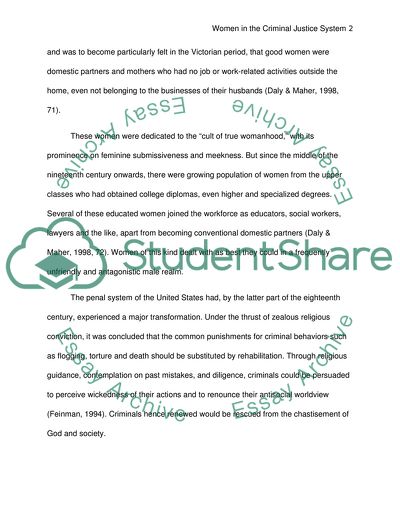Cite this document
(Women in the Criminal Justice System Research Paper, n.d.)
Women in the Criminal Justice System Research Paper. Retrieved from https://studentshare.org/gender-sexual-studies/1721907-misconduct-in-the-workplace
Women in the Criminal Justice System Research Paper. Retrieved from https://studentshare.org/gender-sexual-studies/1721907-misconduct-in-the-workplace
(Women in the Criminal Justice System Research Paper)
Women in the Criminal Justice System Research Paper. https://studentshare.org/gender-sexual-studies/1721907-misconduct-in-the-workplace.
Women in the Criminal Justice System Research Paper. https://studentshare.org/gender-sexual-studies/1721907-misconduct-in-the-workplace.
“Women in the Criminal Justice System Research Paper”, n.d. https://studentshare.org/gender-sexual-studies/1721907-misconduct-in-the-workplace.


